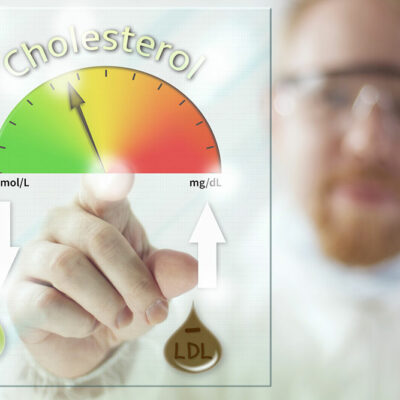
Diseases & Conditions
All You Need to Know about High Cholesterol Levels
Cholesterol is a type of fat molecule which is present in your blood. It is an essential component that helps to maintain and shape cell structures. It is vital to have a certain level of cholesterol in your blood, but high levels of cholesterol can be harmful to your health. High levels of cholesterol according to the cholesterol chart could mean that there are deposits of fatty substances in your blood. These fatty substances occur due to high cholesterol levels and make it difficult for your blood to flow through your arteries. It can lead to a heart attack or stroke. A cholesterol levels chart typically monitors your total cholesterol, LDL cholesterol, HDL cholesterol, and triglycerides. Triglycerides are a type of fat found in your blood. Types of cholesterol There are two types of cholesterols in your blood, namely high-density lipoprotein (HDL) or good cholesterol and low-density lipoprotein (LDL) or bad cholesterol. HDL helps remove the excess cholesterol while LDL is the cholesterol that accumulates in your arteries. Cholesterol level charts for adults and children Cholesterol levels can be categorized as good, borderline, low, and high. The cholesterol level charts are different for children and adults. The total cholesterol, LDL cholesterol, HDL cholesterol, and triglyceride levels are measured and then categorized as good, low, high, bad or borderline.




















